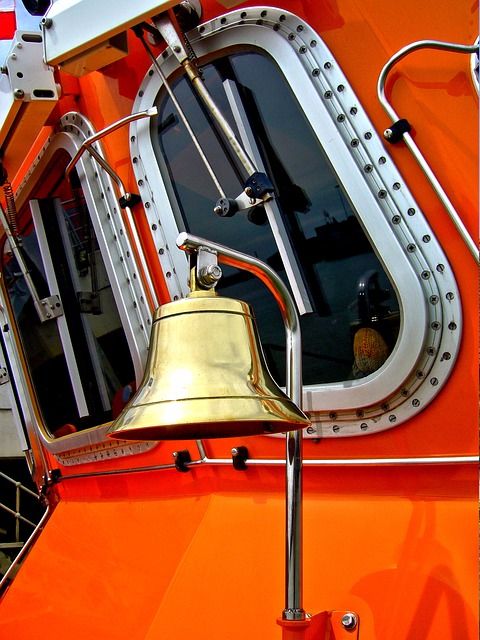Naval brass, as its name suggests, was originally meant to be used for water-related applications, specifically sea water. The open waters have high salinity or salt concentration, which can easily damage metals that are not protected against corrosion. Once corrosion starts, it can be difficult to prevent it from spreading throughout the vessel.
It is for this very reason that naval brass was created. The tin added into the alloy significantly increases the resulting metal corrosion resistance, allowing brass to last and endure saltwater for longer.
On top of anti-corrosion, the presence of tin also helps increase naval brass’ resistance to dezincification, a type of corrosion in which only zinc is removed from a material, thereby weakening it and making it prone to damage. According to maritime history, dezincification used to be known as “condensiritis,” and had been the subject of various attempts at resolution.
Among all the trial and errors that pushed through, naval brass was one of those that succeeded and continues to this day to persist.
Naval Brass Applications
Although naval brass is primarily known for what it is made to do for the maritime industry, rest assured that there are plenty of other applications for it. Aside from marine hardware applications, it’s also perfect for wear strip and bushings, as well as fastener and valve stems. This is all thanks to the metal’s incredible tensile strength and resistance to regular wear and tear better than others.
More specific applications include shafting, propeller shafts, and also turnbuckles. Beyond that, it can also be used in condenser plates, balls, dies, heat exchanger tubes, aircraft turnbuckle barrels, and welding rods.
Other Types of Brass
Aside from naval brasses, there are also various other types that you can look at for more choices. For example, there’s the “yellow brass” and the “red brass” types. Yellow brass pertains to the kind of brass that has a much higher zinc content (usually at 33%), which gives the material a golden yellow color. This is also more recognized as the brass used as fittings and hardware in bathrooms and kitchen.
Red brass, on the other hand, has a higher copper content, rated at some 85%. This alloy also is otherwise known as gunmetal (C23000), and contain tin (Cu-Zn-Sn).
Choosing Brass
Whether it’s naval, yellow, or red brass you’re getting for your needs, it’s important that you also look into the properties of each and how it can best serve your purpose. Keep in mind that the different combinations of alloys in brass ultimately affect their final structure. Alpha brasses, for example, have less than 37% zinc in them. As such, they tend to be softer and more ductile than the others. The benefit of this is that alpha brasses are easily shaped and formed into whatever you deem fit.
On the other hand, there’s the alpha-beta brass, otherwise known as “duplex” or “hot-working” brasses. This can have as much as 37% to 45% zinc, and is generally found to be a lot stronger and harder, although it has a lower cold ductility. Alpha-beta brass is mostly used hot by extrusion, as well as in die-casting or stamping.
Beta brasses are basically rarer than the two other types of brasses, and contain 45% zinc content. This is also known to be the hardest and strongest among the three, and can only be used in casting or hot work.
This may be all new information to you, especially since you used to think brass is brass is brass—and apparently it isn’t. This is why it’s advisable that you first consult with folks who know about these materials in and out, such as the professionals from suppliers like Rotax Metals. With their expert guidance, you should be able to get the right material you need.
Sources:
Learn About the Different Brass Types. TheBalance.com.
What Is Naval Brass? NationalBronze.com.


